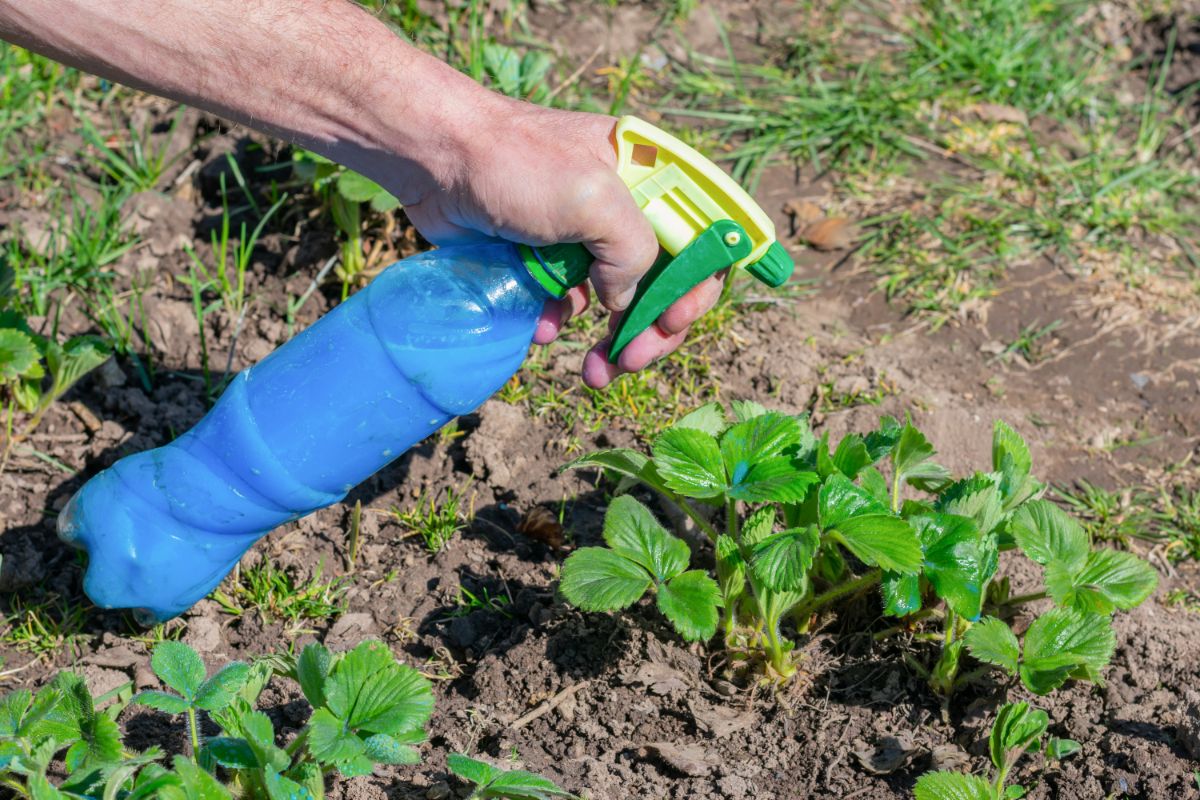
Strawberry flowers are beginning to bloom and you’re looking forward to sweet juicy strawberries soon! Are you noticing bugs enjoying your strawberry plants now as well? What kind of insects are they? Are they beneficial or harmful? How can you control them?
Jump to:
Two-spotted spider mites
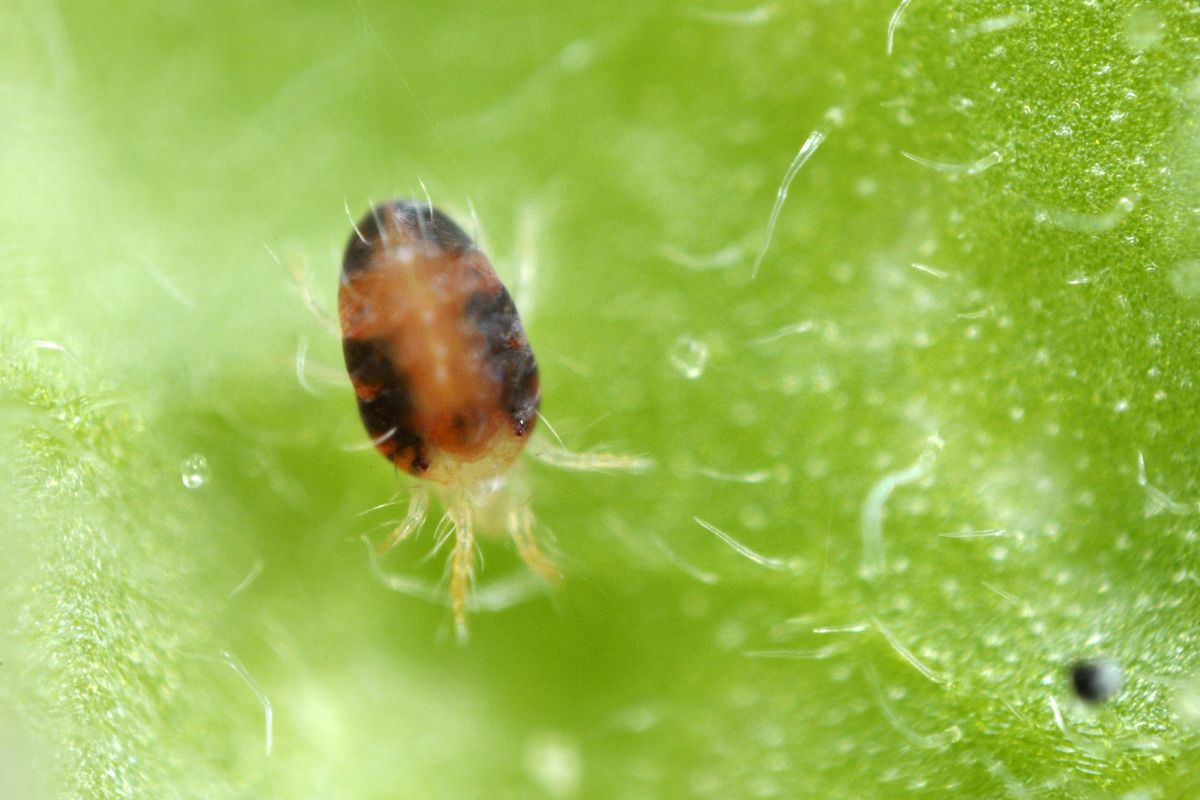
Two-spotted spider mites feed on leaves which triggers a reaction in the strawberry plant and can improve strawberry quality in small numbers. However, when the population expands too much your strawberry plants will be in danger.
To protect your strawberry plant from an over-infestation of two-spotted spider mites take preventative measures first. Start by planting companion plants to repel them or attract predatory mites or parasitic wasps.
If the population of two-spotted spider mites becomes too high, use a strong stream of water to spray them off of the strawberry plant leaves. Insecticidal soap or pesticides are very effective against two-spotted spider mites but can also affect beneficial insects so use them as a last resort.
Fruit Flies
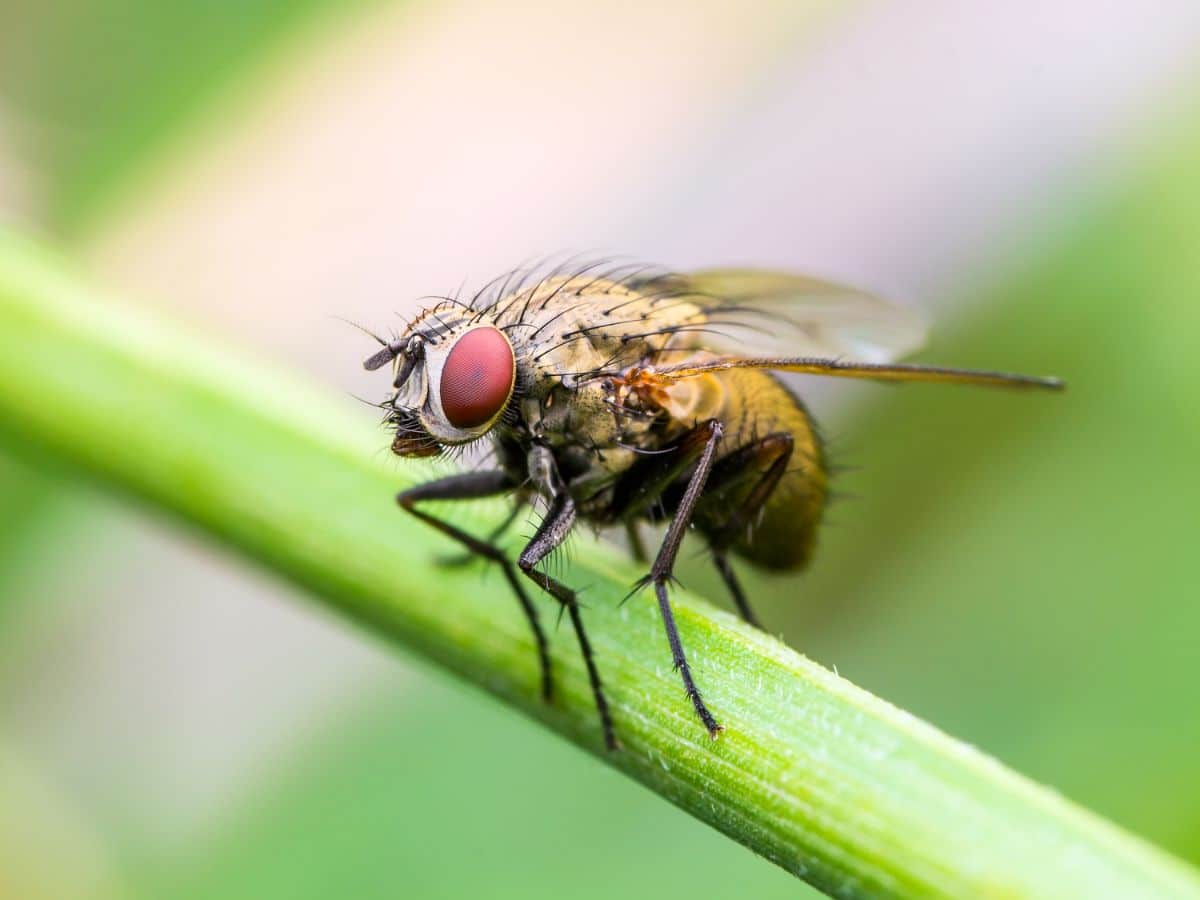
Fruit flies are pests to strawberries before and after picking. The adults lay their eggs in the fruit and the larvae attract cockroaches. They don’t bite humans but, clearly, these are insects you don’t want around!
Fortunately, fruit flies are easy to control if you notice an infestation. Fill a dish or jar with small holes in its lid partway with apple cider vinegar and a few drops of dish soap. Place it in the garden to attract and drown these small bugs. Avoid chemical pesticides without contacting your county extension agent because of possible environmental dangers.
Prevent troubles for yourself by harvesting often. Rotten fruit attracts them so remove any bad berries as you see them. Avoid fertilizing with manure during fruiting to discourage female fruit flies from settling into your strawberry bed.
Strawberry bud weevils
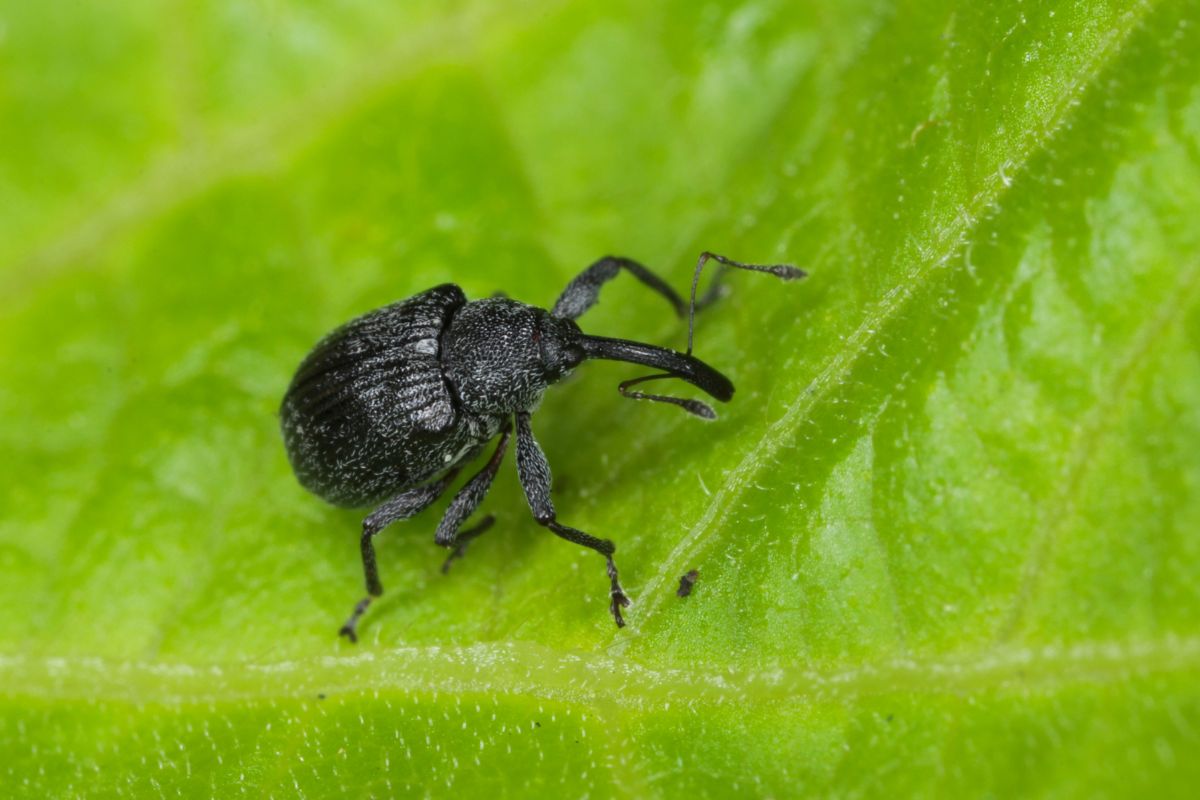
Strawberry bud weevils are also called strawberry clippers because after eating the immature pollen and laying an egg inside the bud, the females will clip the buds off the plant. They are small, reddish-brown bugs with black spots on their backs and long curved snouts.
To get rid of strawberry bud weevils, start by removing all infested flowers, including any that have fallen to the ground. Then spray with insecticidal soap. It may take repeated applications to destroy all the strawberry clippers.
To speed the process of ridding your plants of these nasty little bugs, you can handpick the adults and drop them in soapy water. Another approach is to apply sticky tape to the soil around the strawberries or the inside edges of the planter or raised bed.
To prevent an infestation of strawberry bud weevils, avoid overwatering your strawberry patch. Also, keep your garden tidy by removing fallen leaves, grass clippings, and overgrowth.
Tarnished plant bugs
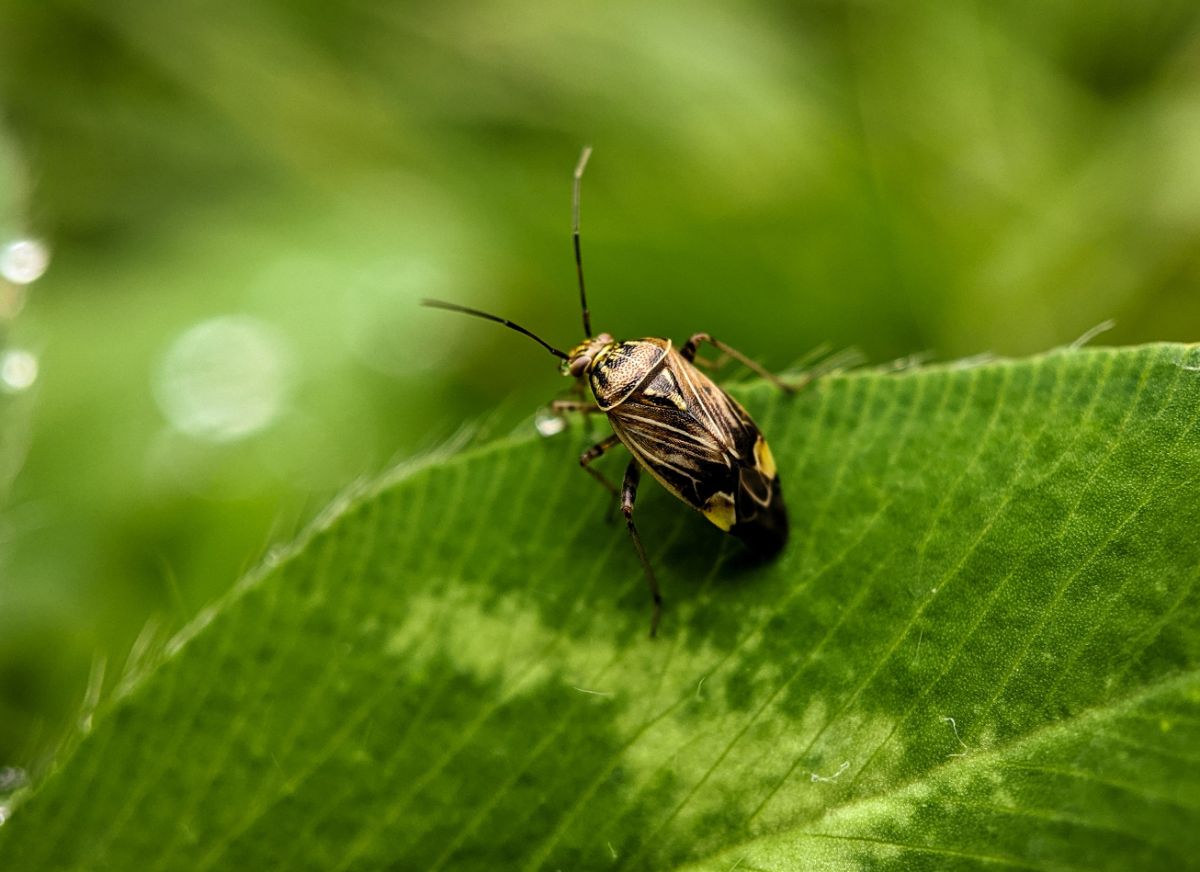
Tarnished plant bugs can cause catastrophic damage even in small numbers. Both adults and nymphs feed on strawberry plants, targeting buds and young developing fruit. The nymphs inject a digestive toxin as they go along which stops the fruit from maturing any further.
Tarnished plant bugs are very difficult to eradicate so your best course of action is to prevent them from visiting your strawberry patch in the first place.
Cut back weeds in mid-spring while the first generation is still young so they don’t migrate to your strawberry patch. Avoid mowing alfalfa and other crops that attract tarnished plant bugs while your strawberries are flowering.
Plant pollen and nectar-rich flowering plants to attract tarnished plant bug predators like minute pirate bugs. Big-eyed bugs, damsel bugs, and some types of spiders also attack these destructive insects.
If all your preventative measures can’t keep them at bay, talk to your county extension agent about the best pesticide to use on tarnished plant bugs in your area.
Strawberry sap beetles
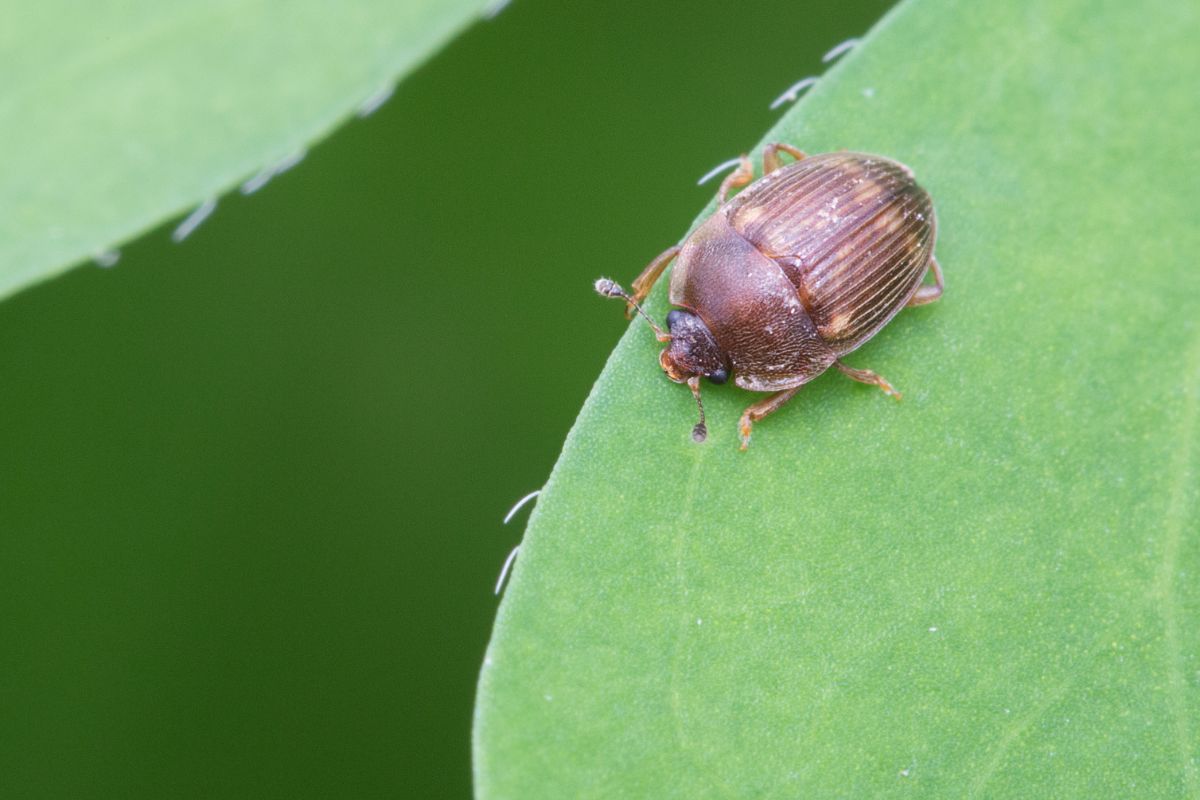
Strawberry sap beetles are only about ⅛ of an inch long but they can cause serious damage to your strawberry crop. They bore into ripe or damaged fruits and lay their eggs inside. The beetle damage will be easy to identify as small but deep holes similar to slug damage. They may also introduce fungal diseases which can further damage your crop.
Strawberry sap beetles are easy to control with homemade bait traps, though pesticides are ineffective. Place a bucket or other steep-sided container several feet away from the strawberry bed.
Fill it with a few inches of stale beer; a mixture of water, molasses, and yeast; vinegar; or a mixture of water, a drop of liquid dish soap, and a few pieces of any overripe fruit.
The beetles will crawl in after the bait and drown. Discard the bait and beetles every few days and refill the traps until you stop catching bugs.
Prevent problems with strawberry sap beetles by harvesting often and removing overripe, damaged, or diseased strawberries as you see them.
Aphids
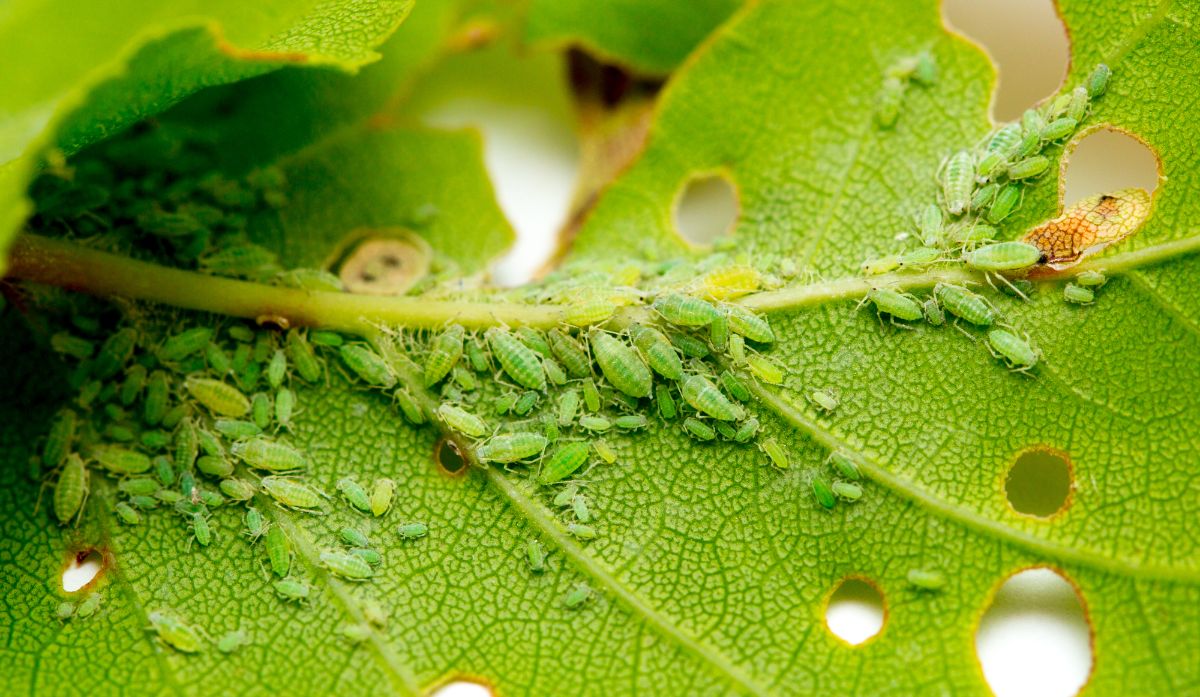
Aphids are a familiar pest. These small, light-colored, soft-bodied bugs can cause all sorts of damage when they cluster on tender young strawberry leaves. Heavy infestations can cause growth distortions and yellowed or dropped leaves. They can also pass diseases to your plants.
To kill aphids, mix vinegar with water at a 1:3 ratio and spray it on your strawberry plants. Be careful to cover the stems and undersides of the leaves where aphids like to hide. Repeat the process a week later to kill them all. Insecticidal soap spray is another effective alternative.
As always, the best offense is a good defense. Prevent aphid infestations by using slow-release fertilizers rather than quick-release high-nitrogen fertilizers. Plant alliums nearby because aphids hate the smell of onions and garlic. Plant umbellifers and flowers rich with pollen and nectar to attract ladybugs and lacewings to eat your aphids before they become a problem.
Armyworms
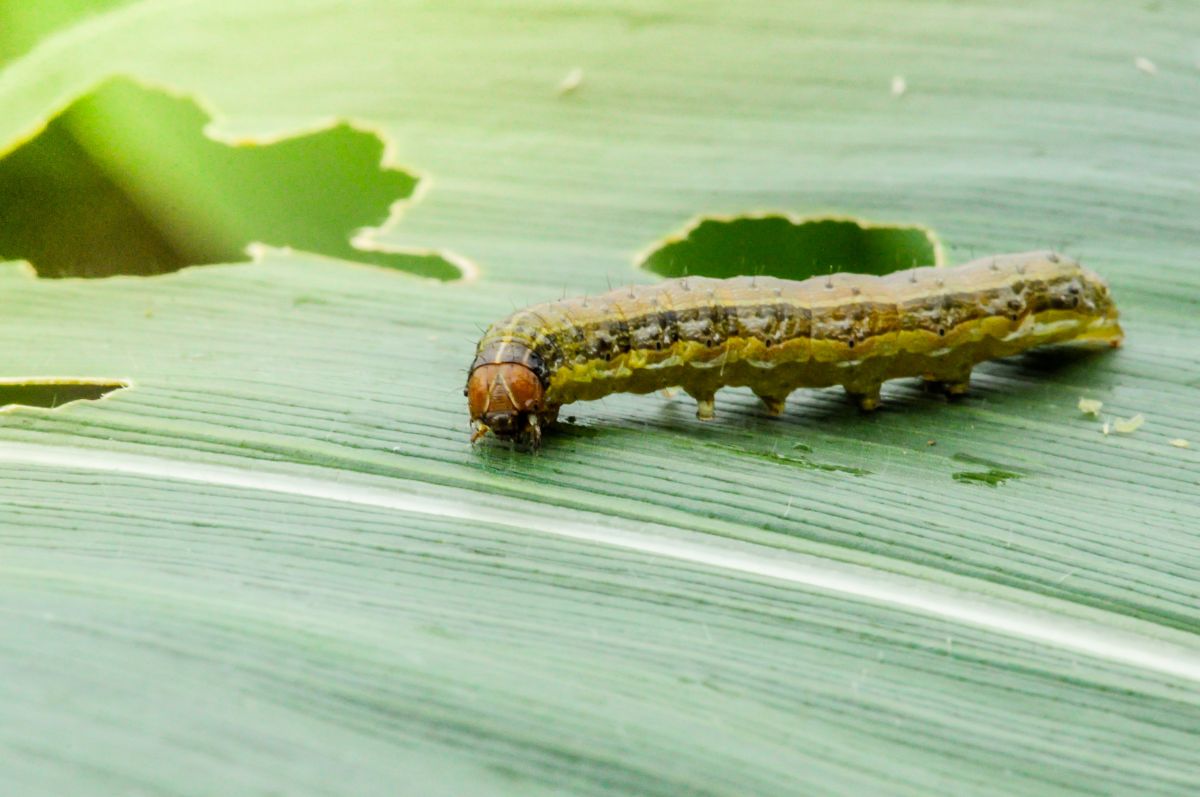
Armyworms attack many plants including strawberries. They chow down on strawberry crowns and the tender leaves of young plants. They are easily recognizable as green, brown, or black moth caterpillars with yellow stripes down the length of their bodies.
Control armyworms by picking them off by hand and dropping them in a bucket of soapy water, spraying with insecticidal soap, or treating the area with diatomaceous earth.
Prevent future problems with armyworms by welcoming assassin bugs, parasitic wasps, and bug-eating birds to your strawberry bed.
Loopers or Inchworms
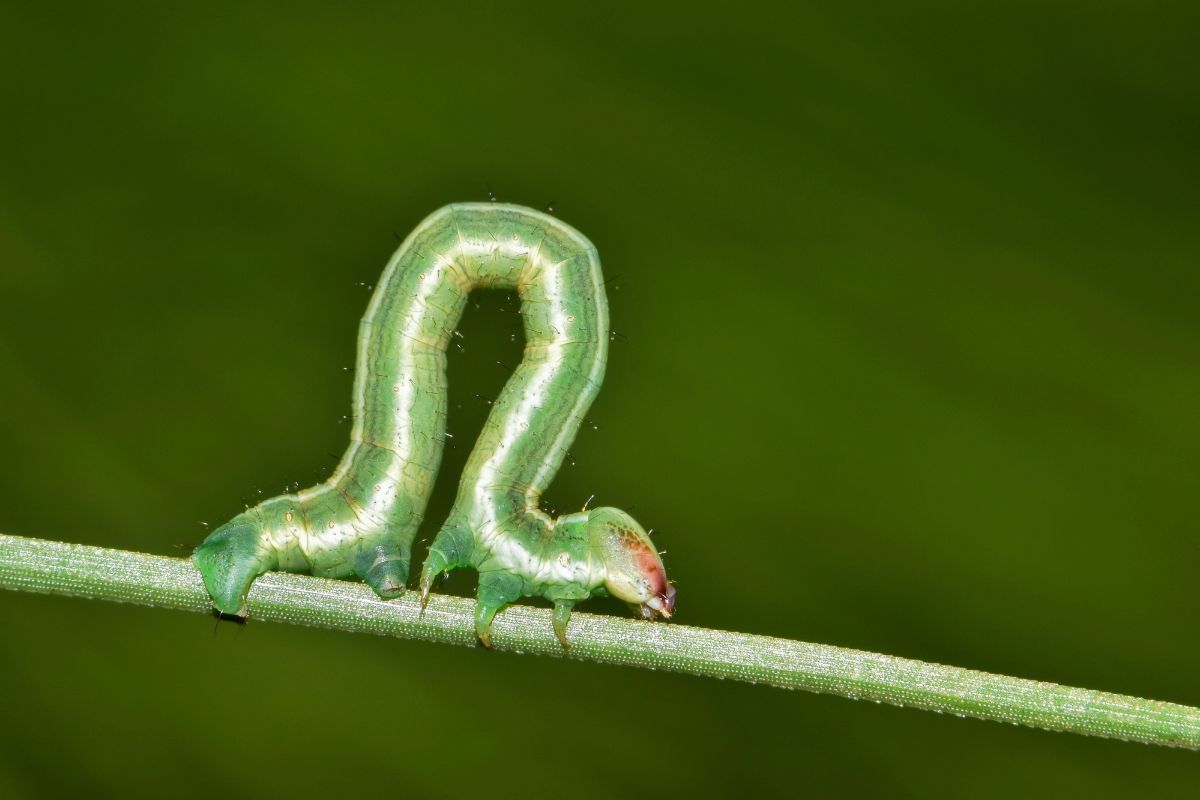
Loopers, also called inchworms, are small green caterpillars with narrow white stripes along the sides that move by arching their back so the two ends of their body meet, temporarily forming a loop. They can leave large holes in your strawberry plant’s leaves, damaging their ability to photosynthesize.
The best way to rid your strawberry plants of inchworms is to pick them off by hand and drop them in a bucket of soapy water. You can also spray them with insecticidal soap.
Prevent looper infestations by inviting assassin bugs, parasitic wasps, and bug-eating birds to your garden. Try planting pollen and nectar-rich flowers near your strawberry patch to attract them.
Cutworms
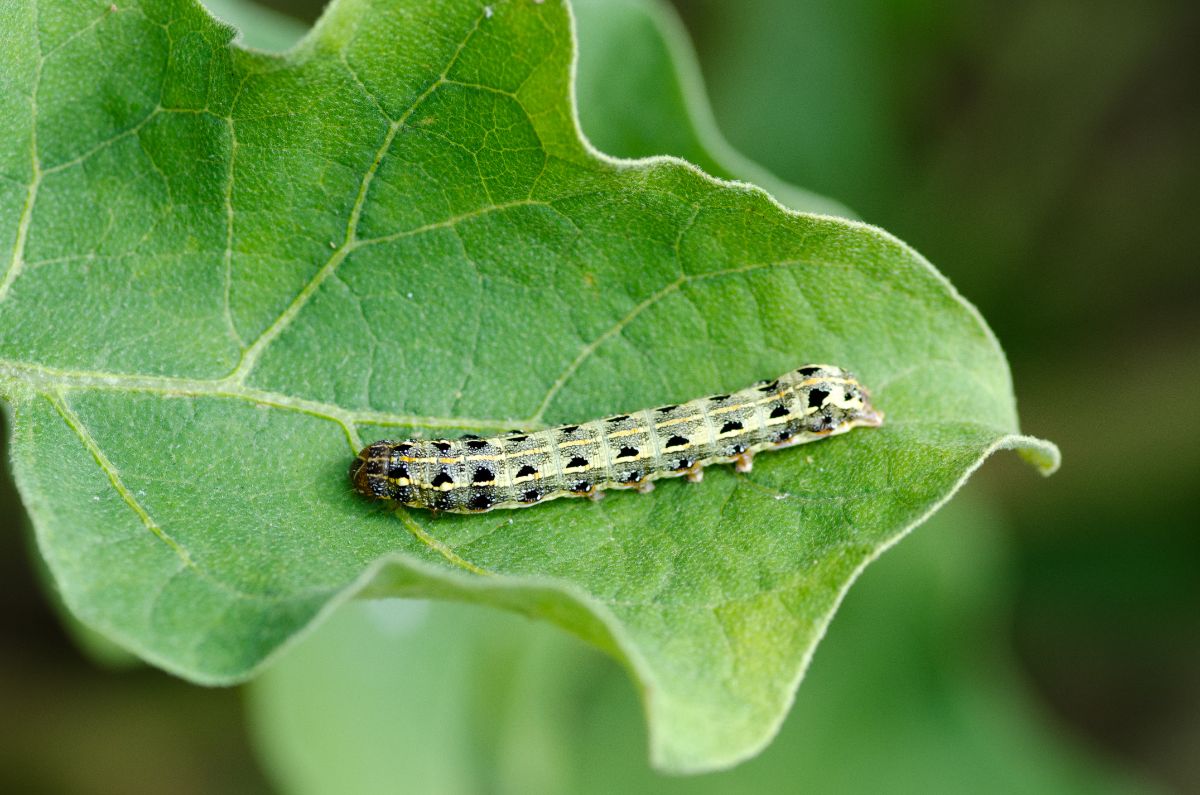
Cutworms feed on the leaves and stems of strawberry plants closest to the ground. This can significantly reduce the size of the crown which can lower fruit yield. Fall transplants are most at risk for cutworm damage.
Control cutworms by picking them off by hand and dropping them in a bucket of soapy water. You may choose to spray with a mixture of dish soap and water. Be careful to spray around the base of the plant especially well.
Prevent cutworm activity by controlling weeds and removing plant detritus where they lay their eggs. You may also try applying aluminum foil or cardboard collars around transplants several inches below and above ground. Spread a layer of coffee grounds, eggshells, or diatomaceous earth around the base of each plant to deter them.
As with the caterpillars above, attract assassin bugs, parasitic wasps, and bug-eating birds to your garden. The same plants that attract pollinators will attract these beneficial predators.
Thrips
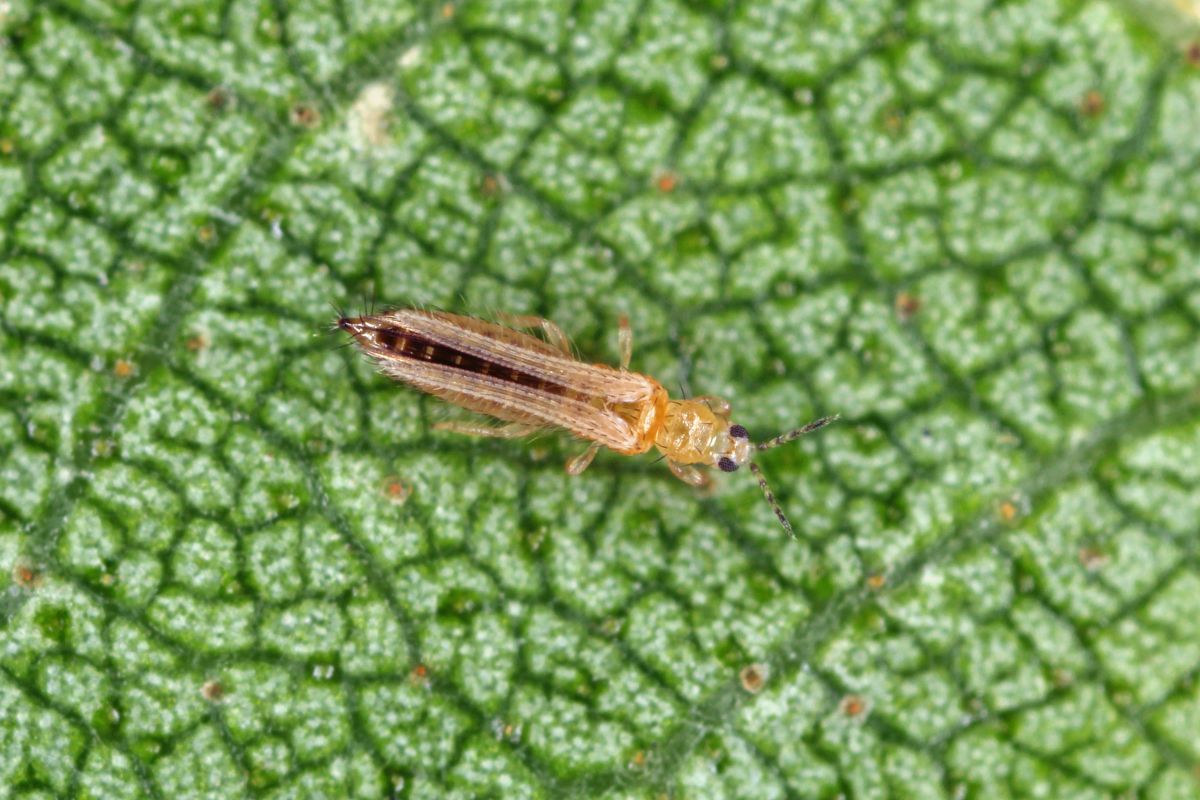
Thrips are tiny but terrible. Because they are so small you may not see them, but keep an eye out for strawberries with white surface discoloration, golden-brown discoloration, or oddly folded shapes that indicate thrip activity.
If you have a thrip infestation, start by removing infested parts of your plants if possible. Shake off as many bugs as you can onto a cloth under the leaves. Don’t shake them into the soil as they will just climb back onto your plants.
Once you’ve removed as many thrips as possible, place blue sticky straps in your strawberry patch. Use blue as opposed to yellow because they’re attracted to the color blue.
Minute pirate bugs are an excellent ally in the fight against thrips. As mentioned above, attract them with pollen and nectar-rich flowering plants like marigolds and cosmos early in the growing season.
Cyclamen mites
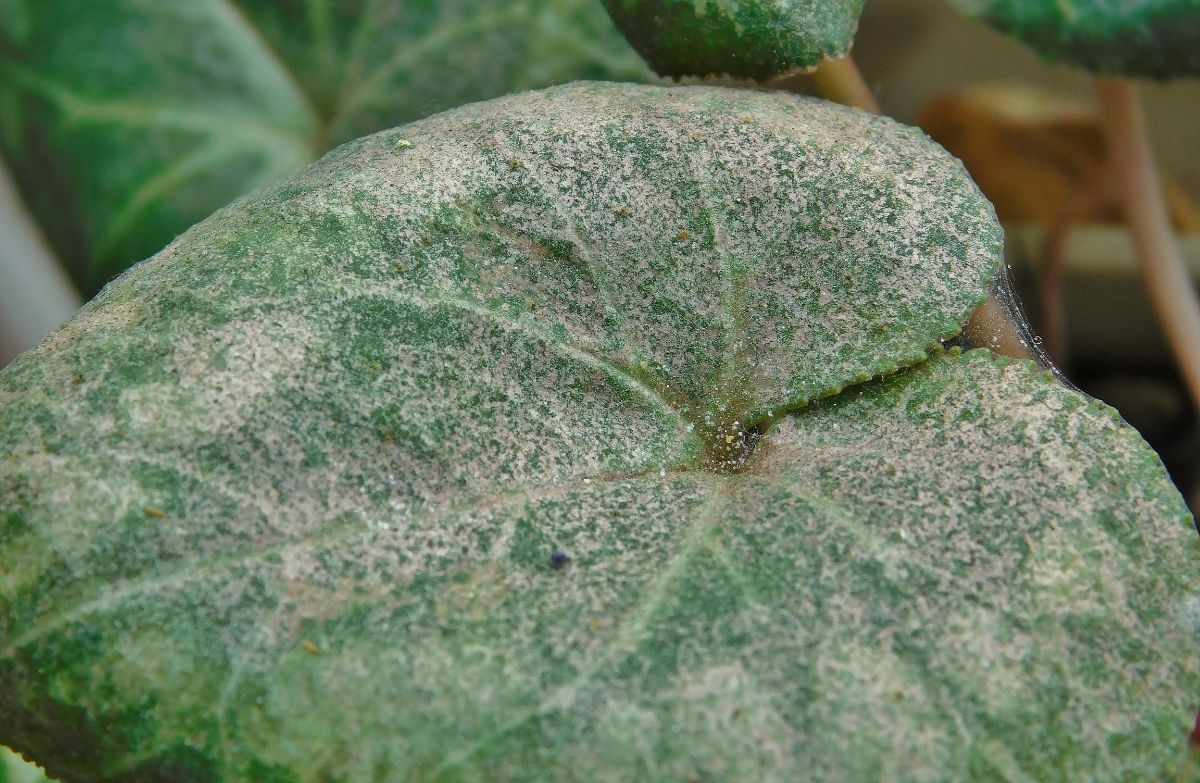
Cyclamen mites are destructive black white or brown bugs that are too small to see without magnification. They will eat the whole strawberry plant down to the ground. To catch them before they destroy your entire strawberry patch, look for dark, streaked, folded, and curled leaves.
Getting rid of cyclamen mites is very difficult because they are resistant to many chemical pesticides and can hide in the folds of flowers and leaves. The best course of action is to keep a vigilant eye on your strawberry bed and remove affected plants quickly. Then treat the soil with an approved chemical pesticide.
If your strawberry plant is potted, you can remove the affected parts of the plant and submerge the plant and its pot in 110-degree water for 30 minutes to kill any remaining mites.
If your mite infestation is very minor, you may be able to remove the affected parts of the strawberry plant and wipe the rest of the leaves with rubbing alcohol to control it. After a few hours, rinse the plant well. Watch your plants carefully and repeat as needed.
Prevent problems with cyclamen mites by avoiding introducing them to your strawberry garden on purchased plants. Invite six-spotted thrips, predatory mites, and minute pirate bugs to your strawberry patch by planting pollen and nectar-rich flowers and avoiding the use of pesticides. You can purchase predatory mites or minute pirate bugs if needed.

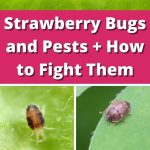
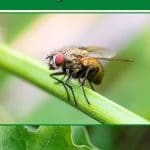
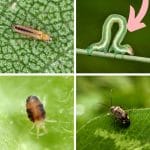
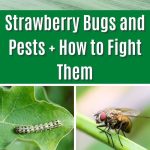




Beth says
Potted strawberry plants. The green leaves are either falling off or something is biting them off. The leaves are just laying there. Whatever it is doesn’t actually eat the leaves, just bites it off or they are breaking off. Otherwise the plants look healthy.
Mary Ward says
It sounds like leaf drop from over watering. I would also look for signs of rodents messing with them, like chipmunks or mice. It’s usually from over watering, though.
Richard Lusin says
My strawberries have a grey bug that is boring holes in the strawberries. What can we do?
Sincerely,
Ruchard
Mary Ward says
These articles should be of some help:
https://strawberryplants.org/strawberry-bugs-and-pests-how-to-fight-them/
https://strawberryplants.org/avoid-birds-bugs-pests/
https://strawberryplants.org/benefitial-pests-for-strawberry-plants/
I like Neem oil for a good, natural all-purpose insect and antifungal treatment (the two often go hand in hand).
Leanne says
My strawberry plants are full of tiny flies, would they be fruit flies? How do I get rid of them??
Mary Ward says
Hard to say without a picture or more information. If there is fruit on the plants, then it might, or if there is rotten old fruit in the patch. Otherwise it might be white flies or something like that. If they appear to be harmful or you want them gone, you could spray some organic Neem oil on the plants.
Ash says
I sprayed vinegar mixture to get rid of aphids as you mentioned and killed my strawberry plant. Would not recommend
Mary Ward says
Vinegar mixtures do need to be applied carefully. The dilution has to be right, and it is a weak solution. Also, you never want to spray them in full sun. In fact, that’s true of most foliar sprays because they can burn.
Rhianne Boa says
I found beetles with beige backs…wish I could post a picture 😅
Mary Ward says
Picture Insect is a good identifying app.
Peter says
my plants are riddled with small holes …no obvious insect present. same as this picture: https://forum.gardenersworld.com/discussion/1066238/small-holes-strawberry-leaves
this is after harvest on Cape Cod. plants were “rejeuvenated” by cutting them back just short of the crown
any idea what these might be?